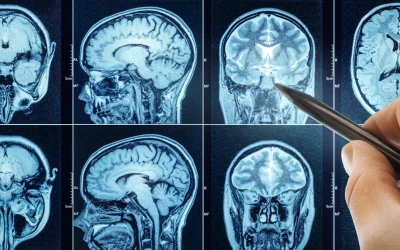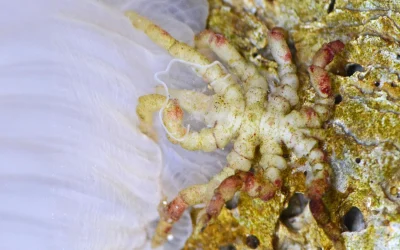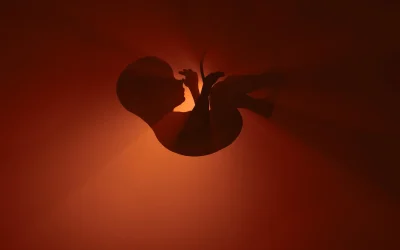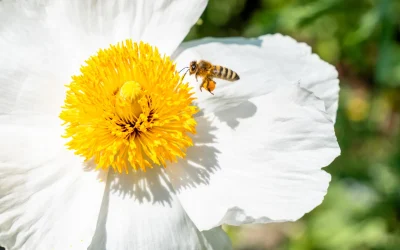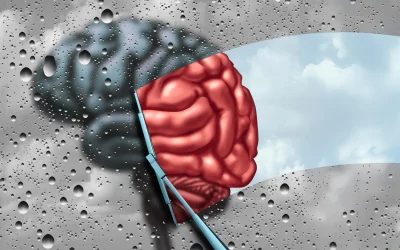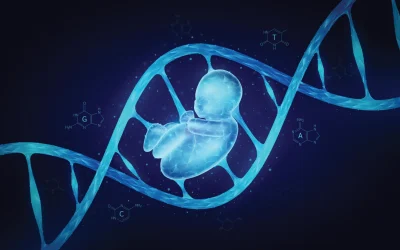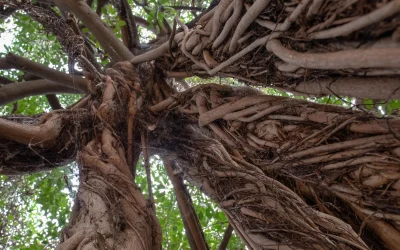
From air to stone: The fig trees fighting climate change
Some species of fig trees store calcium carbonate in their trunks – essentially turning themselves (partially) into stone, new research has found. The team of Kenyan, U.S., Austrian, and Swiss scientists found that the trees could draw carbon dioxide (CO2) from the atmosphere and store it as calcium carbonate ‘rocks’ in the surrounding soil. The…



